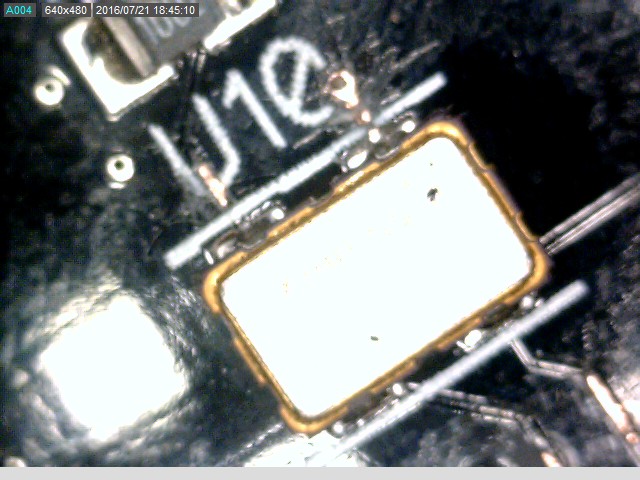I designed a board and sent it to China to have the PCB made and parts assembled.
It contains an ARM CPU and a Micrel physical ethernet chip.
I used a FOX Oscillator FXO-HC536R-25 (25 MHz) to drive both the ARM and PHY.
The OSC stated output cap at 15 pF. Both the ARM and PHY had 5-7 pF at the EXTAL inputs.
I could not connect JTAG to the CPU so started to see what issue might exist.
I'm using a 100 MHz 1 GSa/s Rigol scope to look at the OSC's output pin.
I get a sinewave with period of 6 ms.
Power, Enable, and Gnd voltages are all good at the OSC.
I considered the CPU and PHY might be loading the OSC's output so I cut the OSC output trace separating it from all other traces.
Same sinewave after removing it from the circuits it was driving.
I'm an old EE but mainly software the last 40 years.
Can anyone make a suggestion on how I should proceed from here?
To me it appears the FOX OSC is not running correctly -- what would cause that with no loading?
Is there some issue that can occur during assembly that could be causing the issue? It is SMD with the pads under the OSC's can.
If you look at the actual pic of the board, you can see I cleaned the solder mask from the 3 traces to actually measure the voltages on the trace/pad of the OSC. You can also see where I cut the trace just before the via to remove all loading from the OSC.
Scope probe X10.
Decoupling Cap C21 just below OSC
I acquired 10 prototypes.
I've tested all 10 and the same OSC behavior.
I did notice something. When power was applied I get a 166 hz sinewave. I turn off power and as the voltage decays, the output turns into a square wave, reduced amplitude but increased freq -- can't tell exact freq since it decays quickly.
I ordered some oscillators from Mouser -- be here next week. I will update my status at that time.
UPDATE:
I called FOX this morning and spoke with a couple of very nice Engineers.
Turns out -- I was the problem!!! I come off of my 3.3v regulator and derive 3 separate 3.3v power rails: Digital, Ethernet Analog, and Audio Analog. Each rail has a ferrite bead to isolate them.
25 mhz oscillator don't like ferrite beads in the power suppy. The OSC requires about 20 ma to startup and the ferrite bead prevents this from occuring.
I removed the ferrite bead and replaced it with a jumper -- OSC works as it should now.
Thanks for comments.







